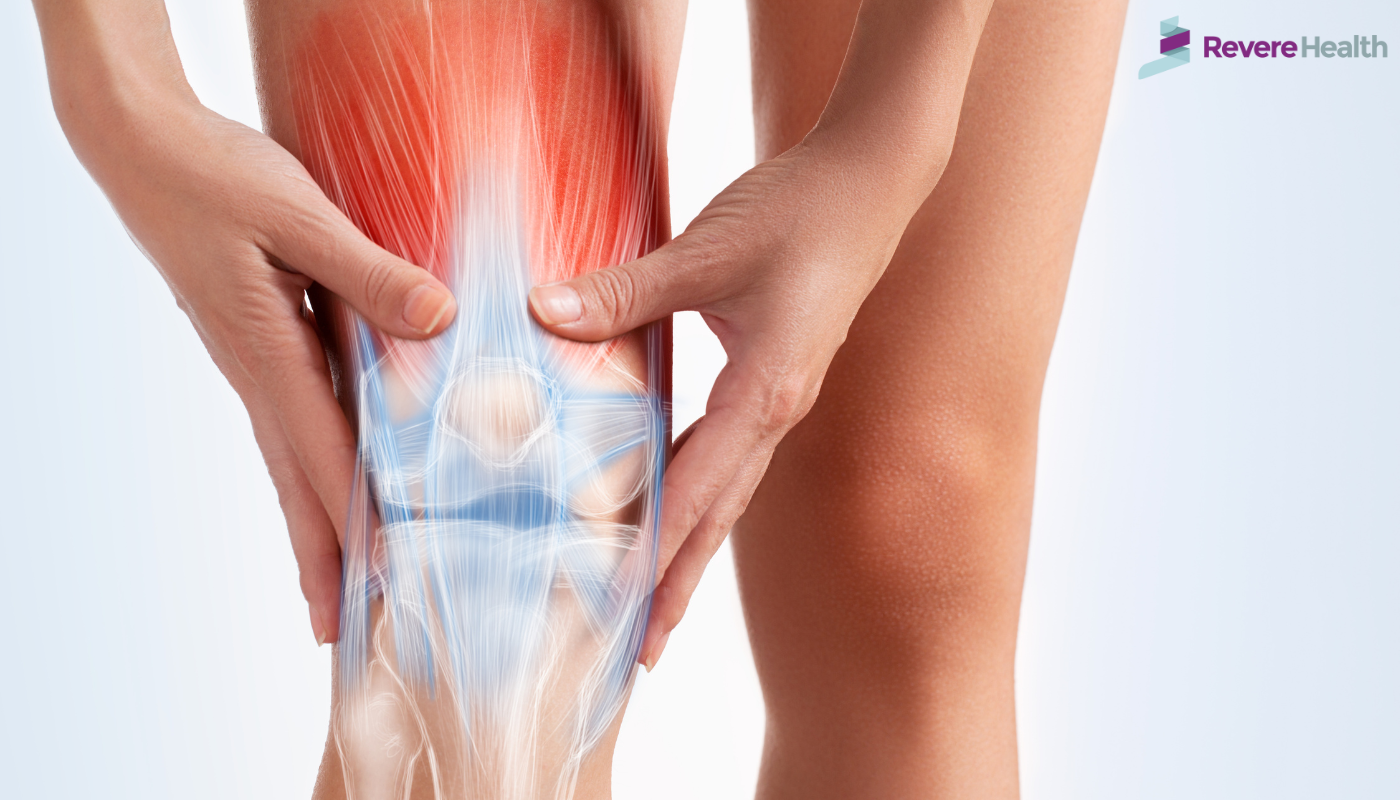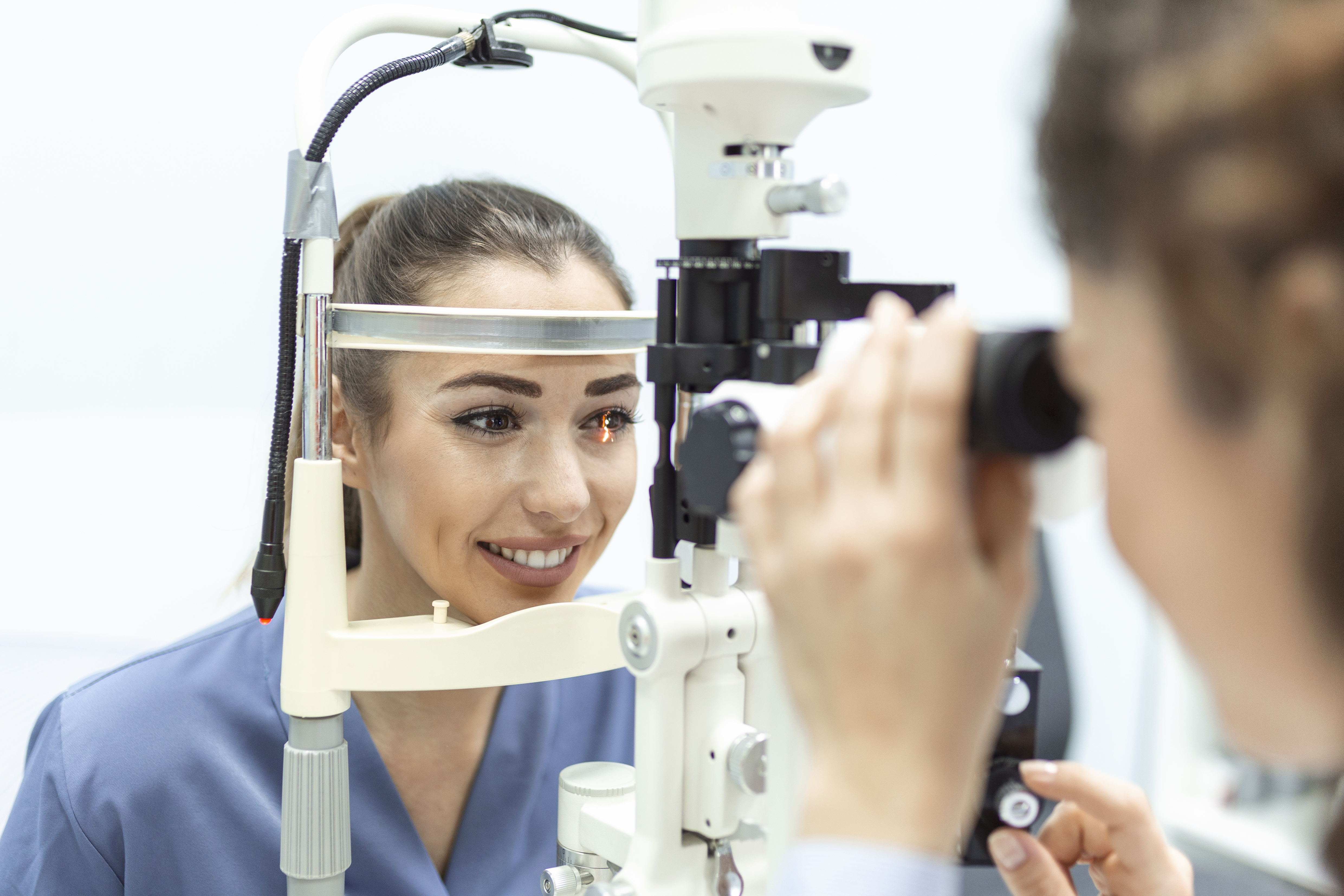Obstructive Sleep Apnea in Children

Obstructive sleep apnea in children, also termed pediatric sleep apnea, is a type of sleep disorder where your child's breathing is partially or entirely blocked while they are asleep. The condition arises because of upper airway blockage while sleeping. Most parents do not understand if their child has obstructive sleep apnea. Some symptoms directly point toward your child having sleep apnea. • If you notice your child snoring with pauses, gasps, and pauses, you need to take it seriously • If your child is breathing more heavily than average while sleeping • If your child is sleeping in unusual positions and experiencing restless sleep • If your child is suddenly wetting their bed • If your child is showing daytime sleepiness and you can notice behavioral changes • And, if your child is sleepwalking You need to look out for these symptoms in your child and understand the causes and immediate treatments. It is not a surprise for your child to experience sleep






